Originally, a very rare fish for UK shore anglers to catch, but nowadays, with milder winters and warm summers, they are becoming far more common and are specifically targeted by species hunters. Their natural northern migration boundaries are extending further north, too.
Most shore caught fish weigh just a few ounces to maybe a pound in weight, though bigger ones are caught, especially in deeper water. They can grow in excess of 4lbs.
They are a distinctive fish with two obvious white barbels or feelers on the lower jaw, which they use for probing in the seabed when searching for food. They have bold large scales with reddish orange and yellow lines running along the length of the body, often speckled with red vertical blotches. The overall body colour is a yellowish brown to reddish orange and even bright red. The nose is broad and blunt.
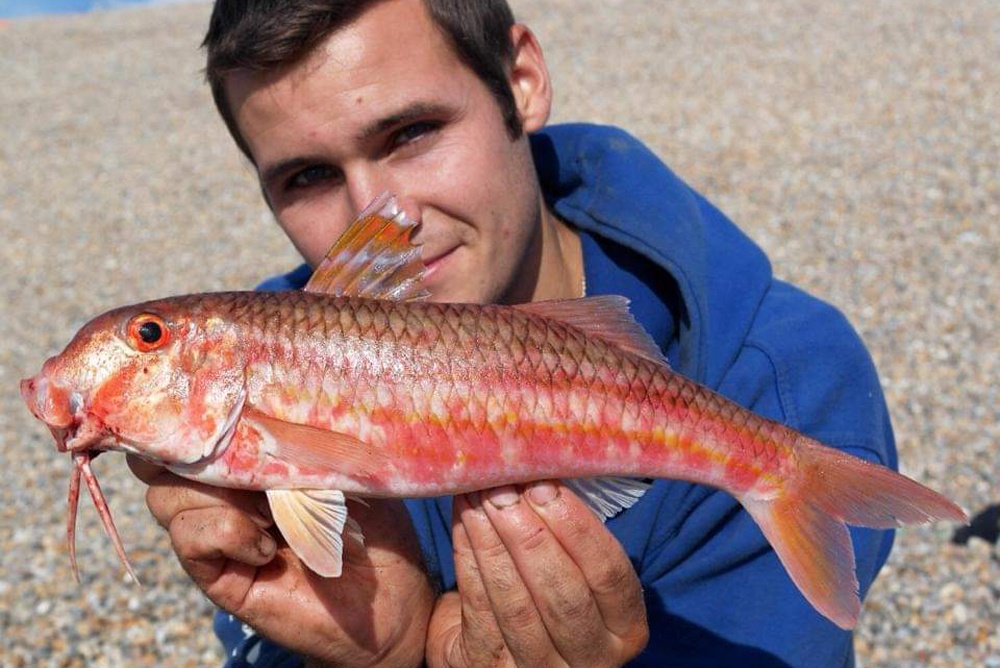
Red Mullet Season
The earliest you can expect red mullet is July, and more so in the English Channel and Channel Islands and the Southwest. By August, they will show off South Wales and work as far north as Anglesey, though undoubtedly some fish exceed that limit line. They also penetrate the southern end of the North Sea, but are a far rarer catch in the east end of the English Channel and into the North Sea.
They leave the northern limits in September, dropping gradually south and into deeper water, but off Devon and Cornwall, Chesil Beach in Dorset, and selected Hampshire marks, you can still catch them in late November if the autumn is mild.
Habitat
Red mullet are typically found off the deeper steep-to beaches, sometimes off rock ledges that fall into moderately deep water over clean sand, but are also found near reef ground, especially broken reef ground. They also frequent some deeper harbours and can be caught off breakwaters and piers. Another holding spot for them is where fine shingle butts up to clean sand.
They can also be caught off some surf beaches but tend to be in the corners of the beach where cliffs and rocks meet clean sand.
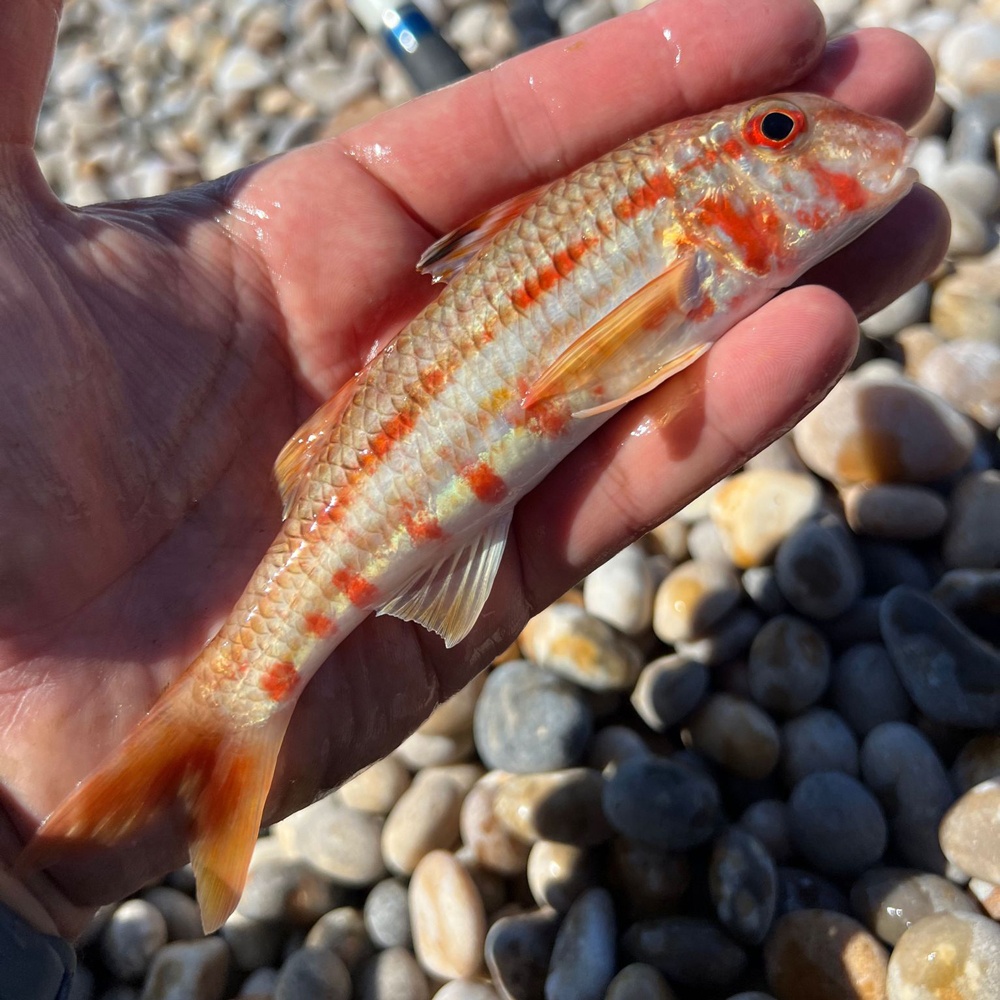
Weather and Tides
This fish is best targeted from the shore in very calm, warm weather, with settled seas. Longer periods of calm weather give the best opportunities. They feed in daylight conditions, but in shallower water look for days when there is cloud cover and just a slight ripple on the water to diffuse light. They are typically most active around dusk and dawn, so try to concentrate your fishing around these specific periods. If the wind lifts and the sea swells rise, then expect the red mullet to disappear until the sea settles again.
On the deeper beaches and off the rock ledges, the size of the tide is less important. They’ll feed most tides. Off the beaches in shallower water, and in harbours, pick the middle-sized tides and the bigger spring tides as these will bring the fish inshore in better numbers.
They like a little run in the tide, hence the middle three hours of the flooding tide being the best feeding period. The ebbing tide is way less consistent generally, as the fish move out back into deeper water as soon as the ebb tide picks up.
Tackle
Bite detection can be key with this species, so a 12ft (3.66 m) rod with multi-section tips in light, medium and heavy, such as the Banzai Mullet Rod, is a good choice to cover all situations. Its casting weight range should be 2 to 4ozs. A fixed spool reel holding 250/300yards of 20lb (9.07 kg) braid is ample but makes a good pairing with the 12ft (3.66 m) multi-section rods. Use a 40lb (18.14 kg) braid leader for longer range casting. Another rod to consider, although slightly longer, is the Banzai Multi Tip.
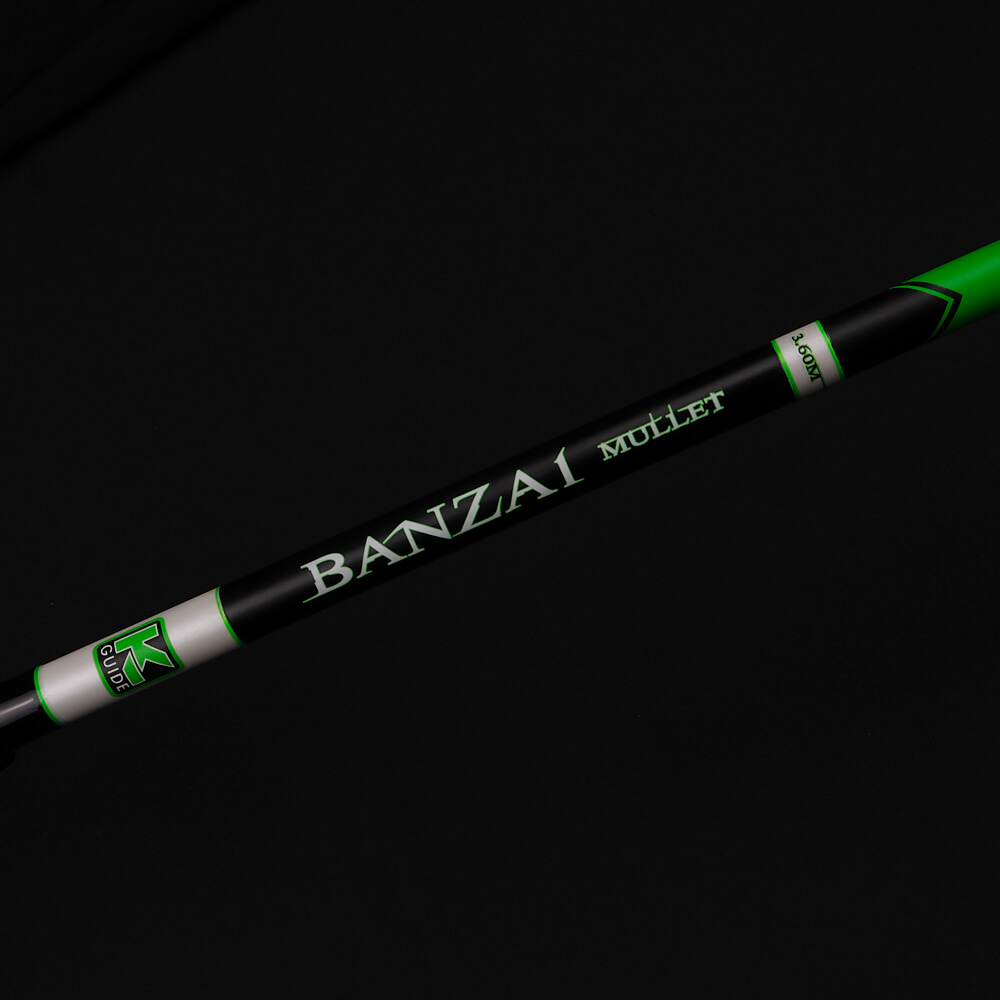
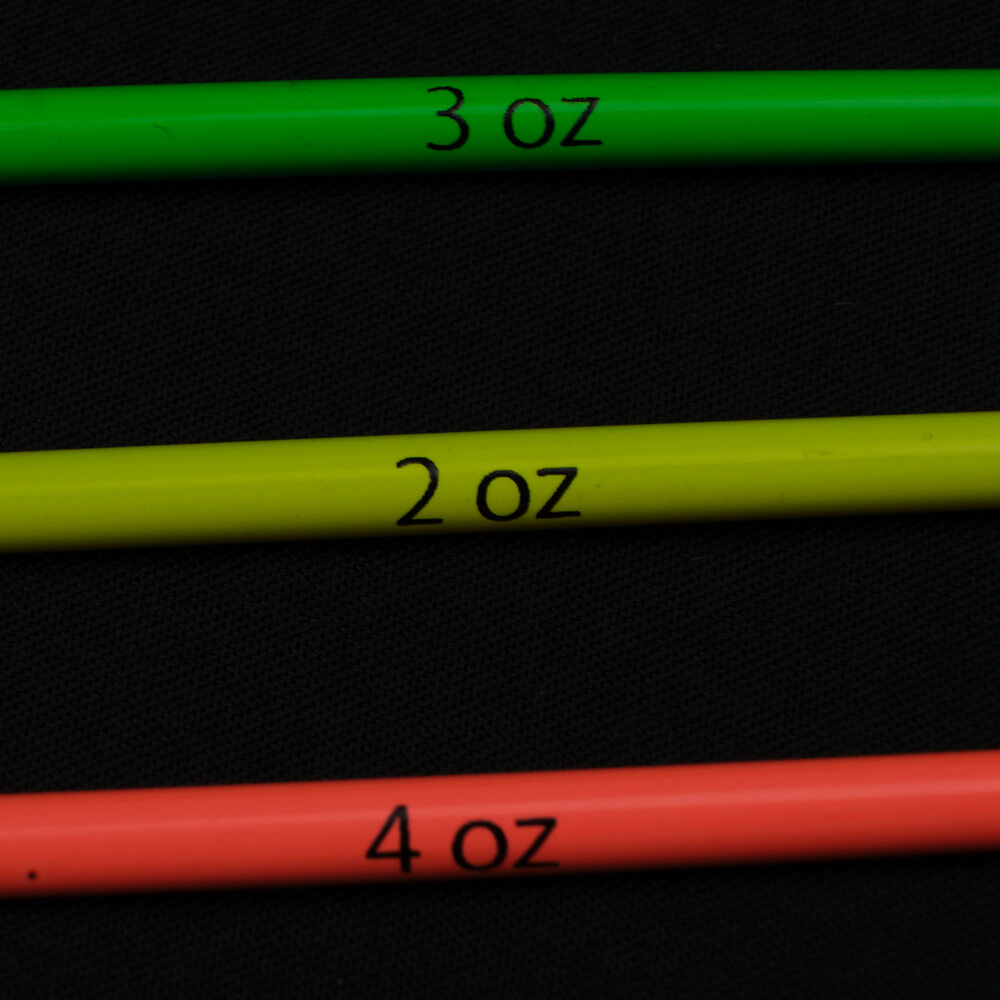

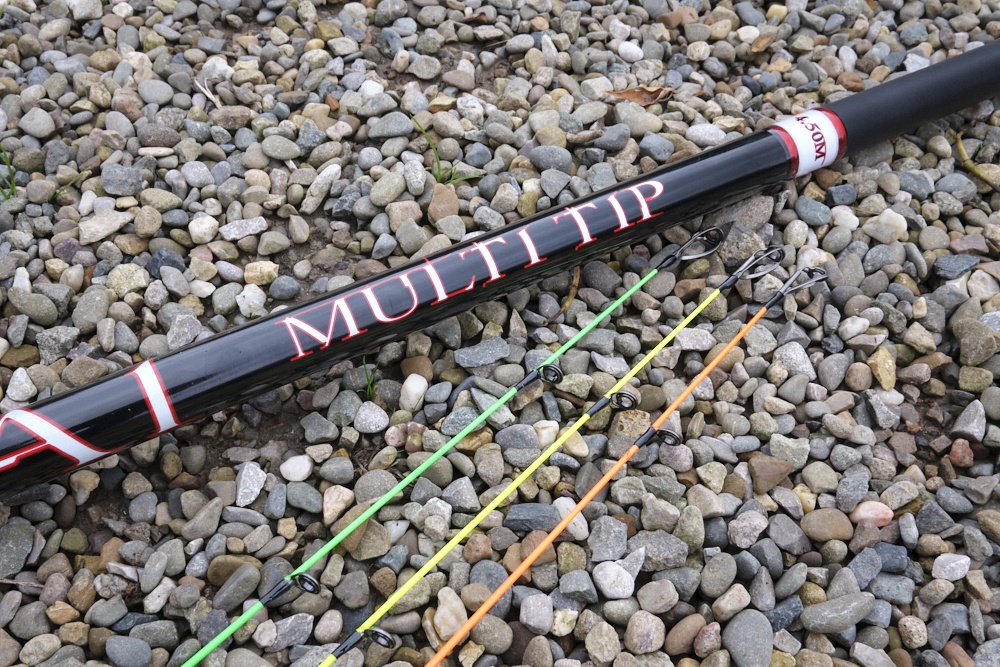
A simple 1 Up/1 Down rig is a good choice for all red mullet situations. Begin with a 34-inch length of 42lb (19.05 kg) Tronixpro Blackout. At one end, tie on a Tronixpro Casting Snap link. Now slide on a Tronixpro Crimp, a 3 mm clear bead, a size 10 Tronixpro Rolling Swivel, another clear bead and a crimp. Crimp these in place an inch or so above the Casting Snap Link. Add another crimp, bead, swivel, bead, crimp sequence above the first and crimp but leave this loose for now. To the free tag end of 42lb (19.05 kg) Tronixpro Blackout tie on a size 6 rolling swivel. Now crimp the loose crimp and swivel sequence in place 3-inches below the size 6 swivel. The hook traces need to be about 14-inches in length and from AXIA 15lb (6.8 kg) Fluorocarbon. Hooks are a Tronixpro Aberdeen in size 4.
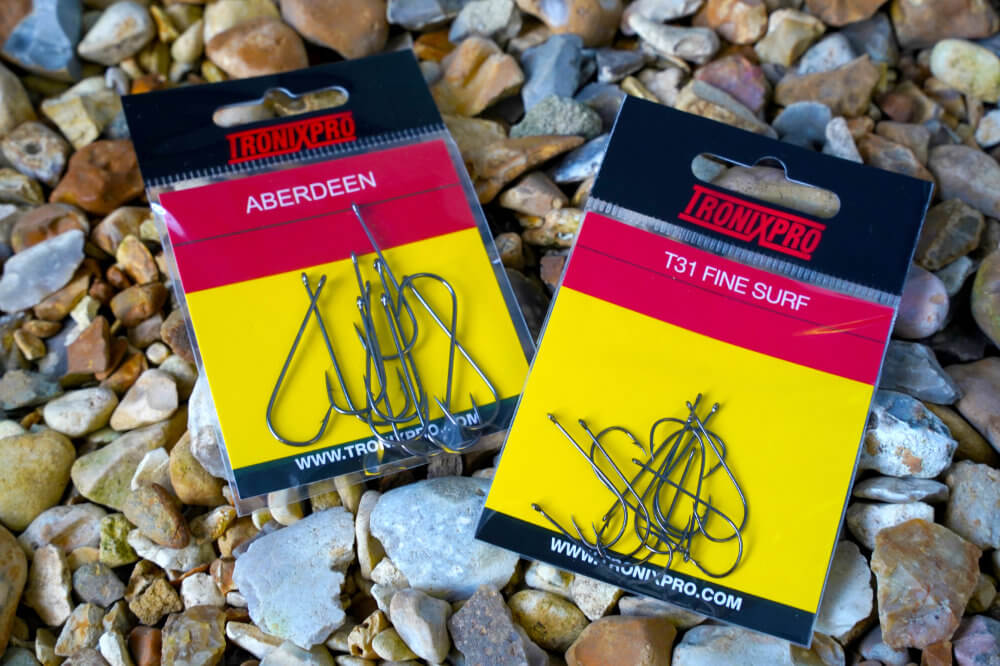
Try to keep rig components as small as is possible but bear casting strength in mind when casting up to 4oz. Red mullet are a shy and cautious fish, so the fewer things visible to them in clear water, the better!
In a tide run fish a release wire lead, but in less powerful tide flows and off the shallower beaches, try fishing a plain lead and allow the tide to wash the bait around.
Baits
Ragworm is the best bait for red mullet, but they will also take small blow lugworm, maddie rag, small mackerel strips, small sandeel strips, and small chunks of peeler crab.
Keep the baits small to just fill the hook. In clear water, use moving baits like maddie rag. In water with a slight colour, use scent laden baits such as ragworm and lugworm.
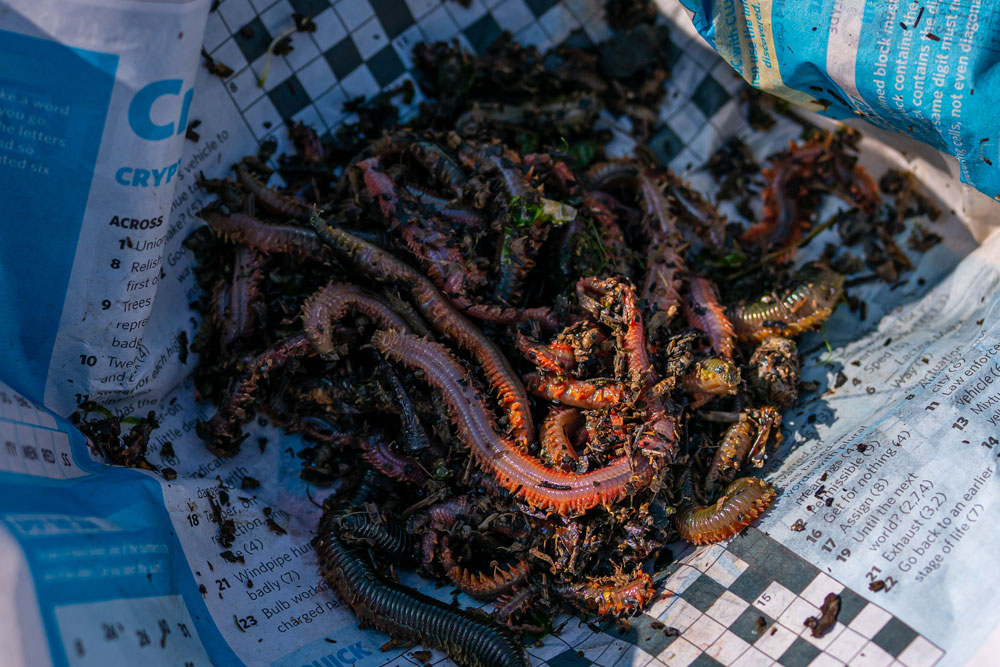
Method
Red mullet form small groups of around a dozen to 30 fish. They work as a group using their barbels to probe the sand for food and will slowly advance up the beach, so catch one fish and more are likely.
They are a skittish fish, very wary, so heavy-handed casting with big leads and rapid sweep backs of the baits can push fish away. Think stealth and you won’t go far wrong.
Remember to fish any areas where there are gutters along the beach, but also put baits near patches of rougher ground such as shingle and shallow reef areas.
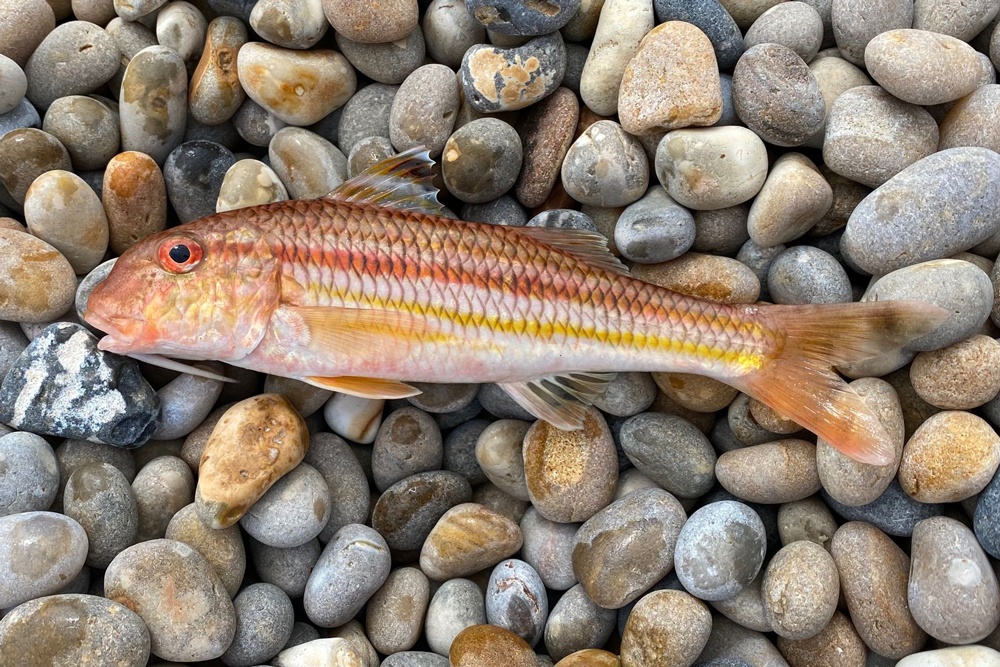
You can fish with the rod in the rod rest, but it’s better to hold the rod and feel for the bites. These are typically a series of light rattles. Don’t strike at these. Simple, create a few inches of slack line by pushing the rod tip towards the fish a few inches and wait until the line pulls tight and indicates on the rod tip. Most red mullet hook themselves if left to take on a slightly slack line.
Less practised off the shore but very effective is to feather for them. Choose smaller feathers such as the AXIA Greenglow in size 6, AXIA Micro Rig in size 12, size 8 AXIA Refreshers, and the AXIA Snowbiki size 6. Bait the feathers with little chunks of ragworm, and after casting out, let the rig sit there for a few moments. Now twitch it back just 5 or 6-inches at a time, no more. The bites come just after the twitch, and this is a great way to take the grouped-up mullet.


